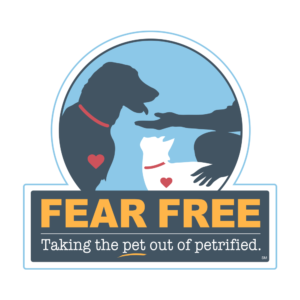-
Recent Posts
Archives
- October 2022
- August 2022
- May 2022
- March 2022
- January 2022
- December 2021
- September 2021
- July 2021
- June 2021
- May 2021
- April 2021
- February 2021
- January 2021
- November 2020
- October 2020
- September 2020
- June 2020
- April 2020
- March 2020
- February 2020
- January 2020
- December 2019
- November 2019
- October 2019
- September 2019
- June 2019
- March 2019
- February 2019
- January 2019
- December 2018
- November 2018
- October 2018
- August 2018
- July 2018
- June 2018
- May 2018
- April 2018
- March 2018
- February 2018
- January 2018
- December 2017
- November 2017
- October 2017
- September 2017
- August 2017
- July 2017
- June 2017
- May 2017
- April 2017
- March 2017
- February 2017
- January 2017
- December 2016
- November 2016
- August 2016
- July 2016
- June 2016
- May 2016
- April 2016
- March 2016
- February 2016
- January 2016
- December 2015
- November 2015
- October 2015
- September 2015
- August 2015
- July 2015
- June 2015
- May 2015
- April 2015
- March 2015
- December 2014
- June 2014
- May 2014
- April 2014
- November 2013
- September 2013
- August 2013
- July 2013
- June 2013
- May 2013
- March 2013
- January 2013
- November 2012
- October 2012
- July 2012
- December 2011
- November 2011
- October 2011
- September 2011
- August 2011
- July 2011
- June 2011
- May 2011
- April 2011
- March 2011
- February 2011
- January 2011
- December 2010
- November 2010
Categories
NorthStar VETS Goes Fear Free
 NorthStar VETS has taken on an important initiative designed to further the hospital’s purpose of improving the quality of life for patients, clients, the family veterinarian, and our staff. In 2017, NorthStar VETS set the goal of reducing stress for patients. Less stress means greater safety and well-being for patients, and The Fear Free initiative will help to create better medical outcomes and experiences for your pet.
NorthStar VETS has taken on an important initiative designed to further the hospital’s purpose of improving the quality of life for patients, clients, the family veterinarian, and our staff. In 2017, NorthStar VETS set the goal of reducing stress for patients. Less stress means greater safety and well-being for patients, and The Fear Free initiative will help to create better medical outcomes and experiences for your pet.
How Fear Free Works
A typical example of how Fear Free works is when a stressed, fearful pet is sitting in the lobby, and a NorthStar VETS team member takes that pet out of that environment as soon as possible (into a quiet room or area). In the new, less stressful space, pheromones are sprayed on towels and blankets to help soothe the patient, and the doctor and technician speak calmly and move slowly to prevent the patient from being startled. Treats are employed to coax the patient through the treatments and exams. This allows us to turn a negative atmosphere into a positive one.
What NorthStar VETS did to Take Veterinary Care to the Next Level
The Fear Free initiative provides veterinary team members with the knowledge and tools to not only look after a pet’s physical well-being, but his/her emotional well-being, too. We know that stress and anxiety associated with taking a pet to the veterinarian is a significant obstacle in delivering medical care. Fear leads to trauma for patients, and as a result, pet parents visit their veterinarian less frequently or not at all. The Fear Free initiative is a solution that can reduce feelings of stress and anxiety, resulting in a better experience for all involved, including pets, pet parents, and veterinary health care teams.
Our team is going through the Fear Free Certification Program as we continue our commitment to enhancing the level of care we provide to our patients.
You may find more information about this initiative and how you can make your own home Fear Free at fearfreepets.com.
This entry was posted in Pets, Veterinary Medicine and tagged Fear Free, NorthStar VETS. Bookmark the permalink.





Leave a Reply